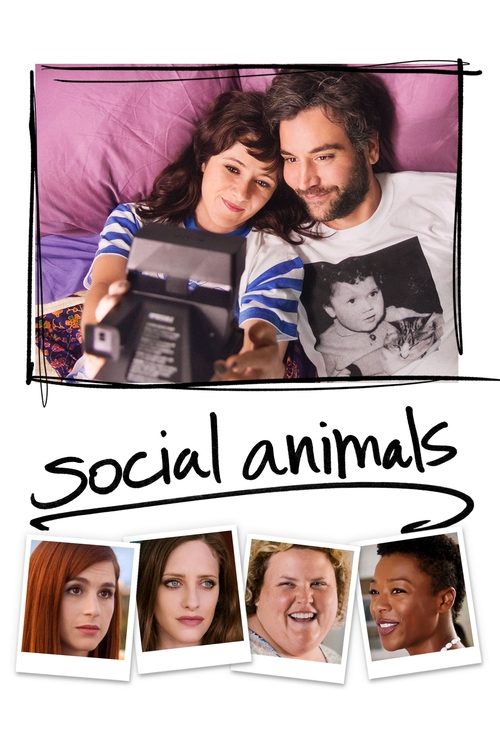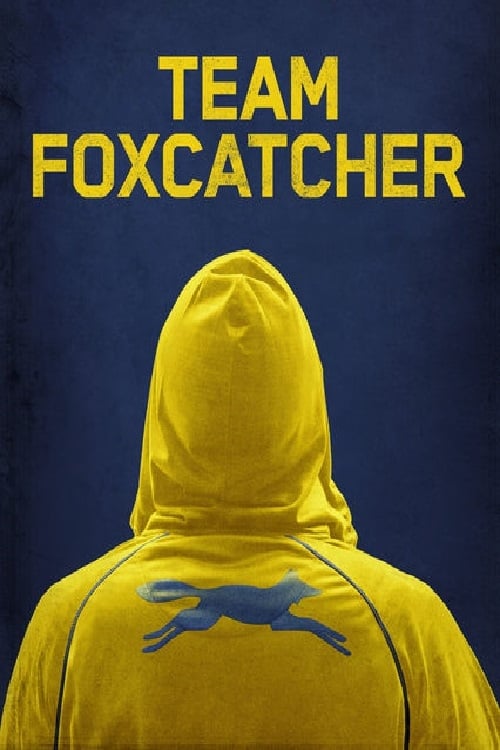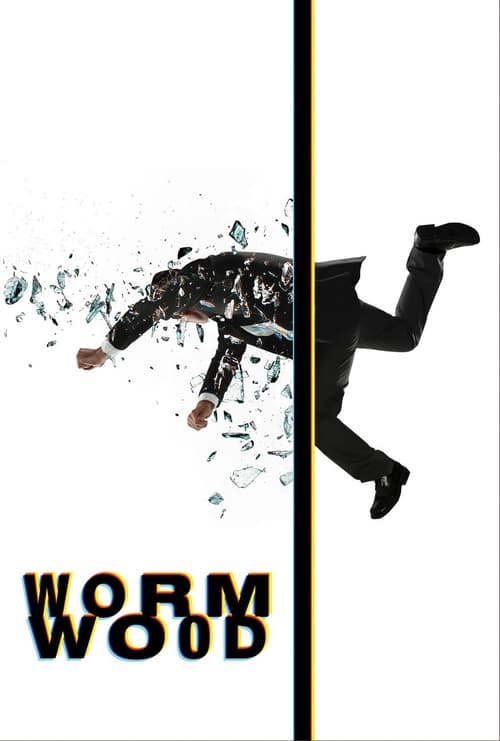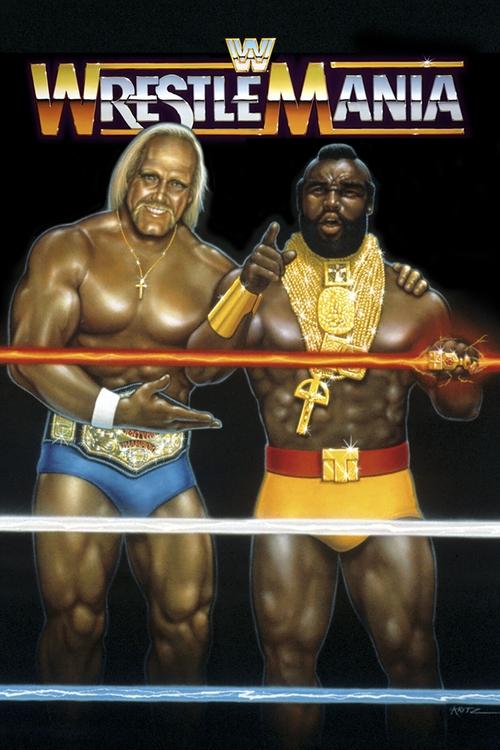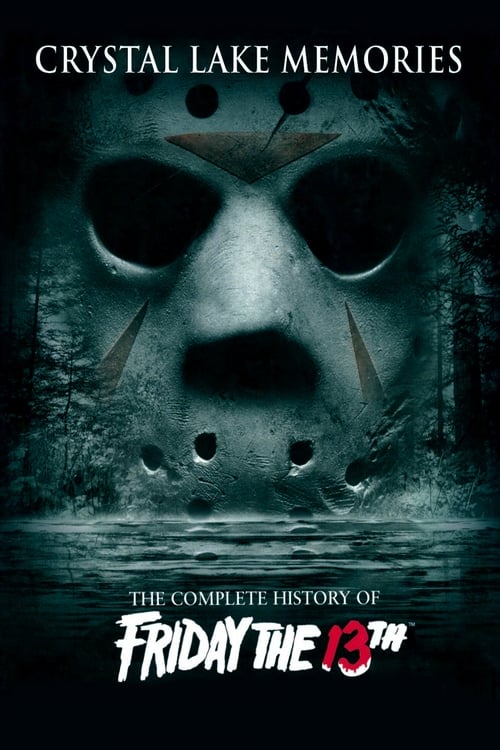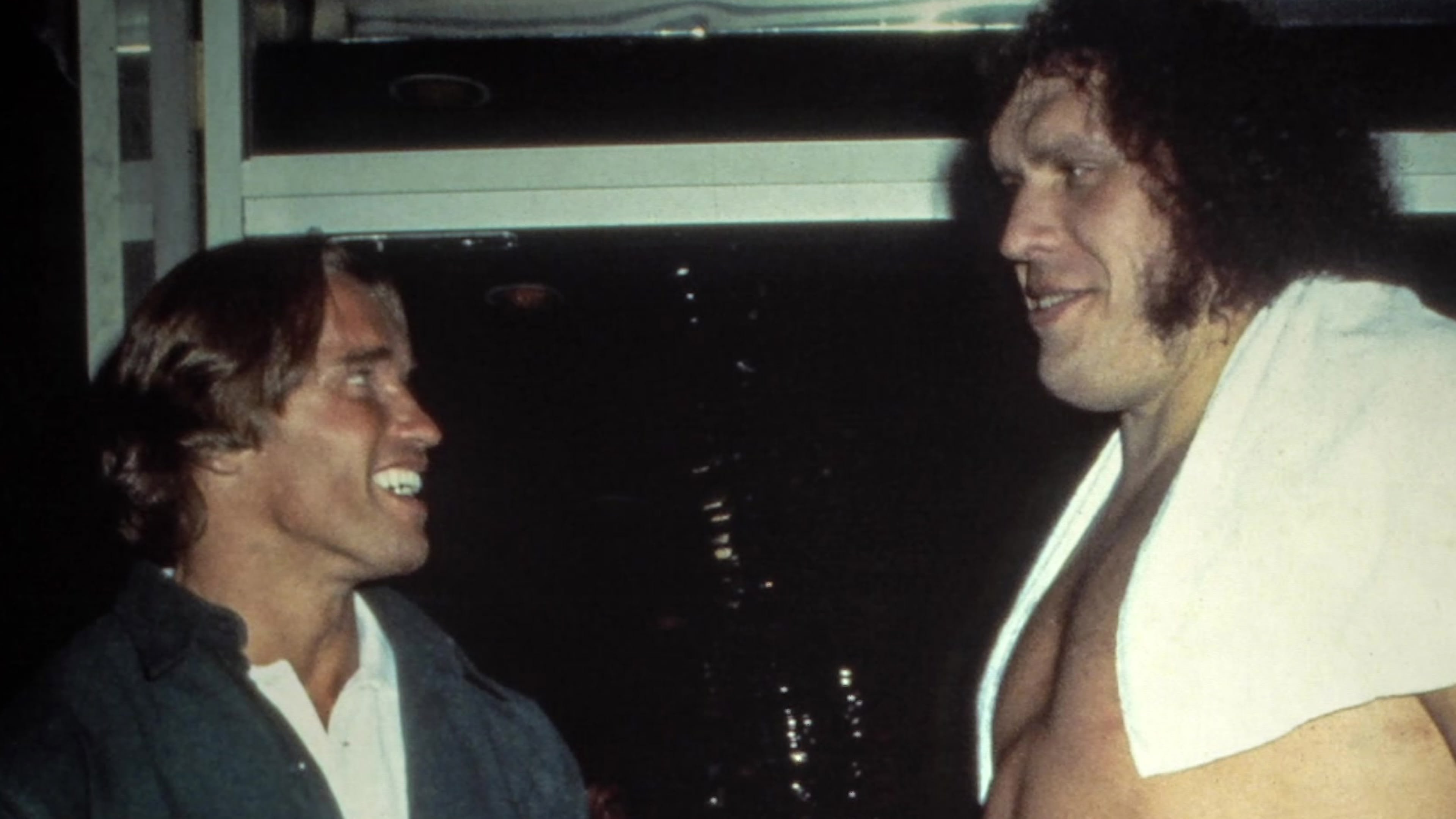
2018
Andre the Giant
Documentary
8.0
User Score
155 Votes
Status
Released
Language
en
Budget
$0
Production
HBO Sports, HBO Documentary Films, WWE Home Video, World Wrestling Entertainment (WWE)
Overview
An ambitious and wide-ranging documentary exploring Andre’s upbringing in France, his celebrated career in WWE, and his forays in the entertainment world.
Review
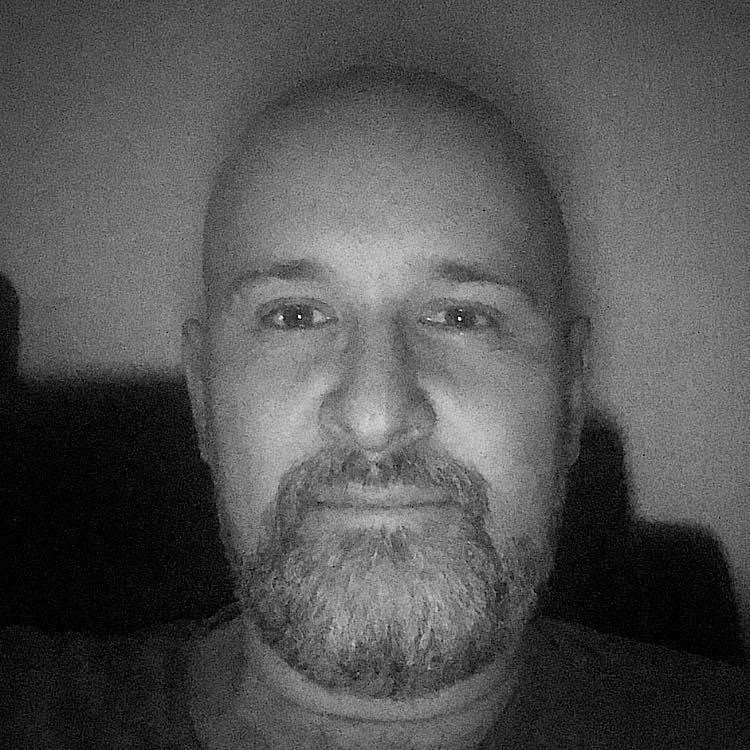
Bertaut
8.0
**_A fitting tribute to man who was legitimately one of a kind_**
>_André was a superstar. He was the biggest and the greatest superstar this business has ever known, and ever will know. He was André the Giant; he was the one that laid the groundwork for Hulk Hogan, for Stone Cold Steve Austin, for The Rock, for anybody else that walks through the doors of the WWE Universe. It wouldn't have happened if it wasn't for André. And to know him as a superstar and a giant, I remember when I was a fan I used to watch him, and he would put his hand on the top rope and step over, when he was in his p__rime, and I was looking at his leg hanging off the ring, it looked like a Clydesdale. He was bigger than anyone I'd ever seen and I never imagined I'd be friends with him or I'd get to meet him. Fast forward to him being the greatest of all time, as a person, what he went through, I would walk behind him in the airport, and I would hear, "did you see that guy" and very unkind things. And he could hear them, so for him to walk through and be as kind of a person as he was and as gentle a person, because if he'd have been a mean person, there would have been none of us around. Talk about the guy that never got pinned, that would have been the guy. Nobody could have done anything to him. But to know him as a person, and to know, if you could imagine, a little Barbie doll house, every chair he sat in, every bed he tried to lay in, for André to take up a normal fork, it was like a toothpick in his hand. Yet this man had so much compassion, but he could never be comfortable. I'd sit in first class, behind him, and the way the storage bins go up, his head would be tilted. And that was in first class. So he'd have to fly with his head cocked sideways; 14 hours from Kennedy to Japan, and he can't fit in the bathroom, for 14 hours. So to get the whole 360 of what his life was all about, and become that good friends with him, hear what was said about him, how he reacted, he was a very gracious and very kind person. There'll never be another André._
- Hulk Hogan; "Hulk Hogan Reflects on André the Giant"; _WrestleMania Rewind Extra_ (March 4, 2014)
I'm currently 41 years old and my birthday is in July, so on March 29, 1987, I was 8. That night, the most significant pro-wrestling match of all time took place, and I was the perfect age to absorb it – old enough to appreciate the spectacle, not so old as to be aware of the predetermined nature of the matches. And so, at _WrestleMania III_ in the Pontiac Silverdome, in front of 93,173 fans and millions watching around the world, Hulk Hogan (the greatest of all time then and the greatest of all time now) defended his world heavyweight title against his former best friend, André the Giant. The build to the show was a perfect example of how good World Wrestling Entertainment (WWE) used to be at promoting themselves, prior to the internet laying bare the business and the horrific stagnation that is their current product. Indeed, Hogan/André was built upon a litany of falsehoods, but falsehoods designed to sell the match as something wholly unique – André was billed as 7ft 4in (he was actually around 7ft), weighing 520lbs (strangely, he was actually heavier than billed, over 600lbs), a man who had never been beaten (he had), a man who had never been knocked off his feet (he had), and a man who had never faced Hogan before (he had, many times). The whole thing was a perfect storm of an expanding and rabid fan base, a company that had gone from territorial to national to international in just a few years, advertising acumen, talent with charisma to burn, and, most importantly, genuine emotion – Hogan had been betrayed by his oldest and closest friend, a man who had grown bitter and resentful of Hogan's success, and who had allied with one of wrestling's biggest heels (bad guys), Bobby "The Brain" Heenan, with the sole intention of taking Hogan's title from him, a title he had held since January 1984. Of course, by 1987, Hulkamania was well on its way to becoming the biggest thing the business had ever seen, and the match was conceived to push Hogan even further. It's not the greatest contest of all time; for a _WrestleMania_ main event, it's very short (12 minutes), with Hogan extremely restricted as to what he could do with André, whose mobility was severely compromised and who was in immense pain due to the effects of acromegaly. But it didn't matter, because the match culminated with Hogan doing the impossible and slamming André, something that was billed as having never happened before (it had, although at a time when André weighed considerably less). It's rare in pro-wrestling when a babyface (good guy) champion goes into a match as the underdog, but that was exactly what had happened here, making Hogan's victory all the more significant.
Which brings us to Jason Hehir's excellent documentary on André for HBO, the emotional high-point of which is the _WrestleMania III_ match. Sure, it's not always successful in its attempts to separate the man from the myth, falling back far too often on the very hyperbolic mythological elements it's trying to sidestep, it's neither as insightful nor as objective as one might wish - it was made in association with WWE, which makes objectivity pretty much impossible - and there's next to nothing here you couldn't find online. However, it's respectful, informed, and entertaining, avoiding, for the most part, hagiography, and featuring some superb archival footage, providing a not-always-uplifting window into the life of a man for whom the term "gentle giant" could very well have been coined.
André René Roussimoff was born in 1946 in Molien, France. At first, he was a normal size, but from the age of around 10, he began to display signs of gigantism (a condition where the pituitary gland secretes too much growth hormone), and by age 12, he was already 6ft 3in and 208lbs. Hoping for a career in rugby, in 1964, he began to attend a gym frequented by several professional wrestlers, who taught him how to wrestle. One particular night, a wrestler was injured, and André was brought in to replace him, leading to him wrestling full-time. With a backstory that he was a lumberjack from the French Alps who had been discovered by hikers, he wrestled for various French promotions under names such as Géant Ferré and Jean Ferré. Quickly proving he could draw, he worked for promotions in Canada, the United Kingdom, Germany, Australia, New Zealand, South Africa, and Japan (where he wrestled as Monster Roussimoff). In the US at the time, wrestling was territorial – each geographical region had its own local promotion, with wrestlers moving from territory to territory, although most promotions tended to have a few core wrestlers who didn't work elsewhere. The biggest and most lucrative promotion was Vincent J. McMahon's World Wide Wrestling Federation (WWWF), which operated in the Northeast, and was the only promotion with access to Madison Square Garden, a mecca for pro-wrestling then as now. In 1973, McMahon contracted André, and to prevent him becoming stale due to overexposure, he would loan him out to promotions all over the world. In 1982, McMahon sold the renamed World Wrestling Federation (WWF) to his son Vince, who set about creating a national promotion, one which would travel all over the country and whose programming would air on national cable as opposed to regional stations. In 1984, McMahon hired André as a WWF exclusive, leading to feuds with wrestlers such as Killer Khan, Big John Studd, and King Kong Bundy. By the time of the original _WrestleMania_ in 1985, the WWF was very much a national organisation, and McMahon had his sights set on the international market. Spearheading this bid for global dominance was Terry Gene Bollea (aka Hulk Hogan). However, by 1987, with _WrestleMania III_ on the horizon, Hogan had feuded with and defeated virtually every heel in the locker room. By this stage, André's gigantism had developed into acromegaly, as he continued to grow, putting huge pressure on his joints, which caused him constant pain. Semi-retired, he had trouble even walking. However, McMahon pitched a storyline which would see André turn heel for the first time in his career (this claim was actually true) and challenge Hogan for the title. The resulting match was instantly iconic, not just in the pro-wrestling sphere, but in pop culture generally. That same year, André appeared in Rob Reiner's _The Princess Bride_, playing Fezzik, a gentle giant with a penchant for rhyming. Refusing all treatment for his acromegaly as he felt it would interfere with his career and diminish his persona, he continued to wrestle on and off for the next five years, as his health continued to decline. He died in his sleep of congestive heart failure on January 27, 1993. He was 46 years old.
Covering his biography, the documentary hits most of the beats you'd expect – his time as Géant Ferré in France and Monster Roussimoff in Japan; the territorial system; the way rumours would spread from one territory to another, building his mystique; his legendary drinking (his minimum was 24 beers, whilst "The Nature Boy" Ric Flair once saw him drink 106); his immense popularity with women; how uncomfortable his life was (for example, he couldn't fit in an airplane toilet and so would have to go in a bucket behind a curtain); his sensitivity when he'd hear people talking unkindly about his size; his purchase of a ranch in Ellerbe, NC; the arrival of cable and the expansion of the WWF; his refusal of all medical aid for his acromegaly; the rise of Hulk Hogan; _WrestleMania III_; _The Princess Bride_; his great friendship with WWF referee Tim White; and his death in a Parisian hotel.
Interviewees include Antoine and Jacques Roussimoff (André's brothers), Pat Laprade and David Shoemaker (wrestling historians), "Mean" Gene Okerlund (WWE announcer), Vince McMahon (WWE owner), Shane McMahon (Vince's son), Terry Todd (sports journalist and former power lifter), Dave Meltzer (wrestling journalist), Tim White (former WWE referee and André's closest friend), Robin Christopher (André's daughter), actors Arnold Schwarzenegger, Cary Elwes, Robin Wright, and Billy Crystal, director Rob Reiner, and former WWE wrestlers Hulk Hogan, Jerry "The King" Lawler, Ric Flair, and Pat Patterson. An important point to make at this juncture is that if you're not a fan of Hulk Hogan, you probably won't be a fan of the documentary. Like it or not, André's legacy is tied up in Hogan's, so it makes sense that he's the most pervasive interviewee and that the climax of the film is built around their _WrestleMania III_ match (they also fought at _WrestleMania IV_ (and Hogan slammed André again), but the importance of that match is negligible). Indeed, for a ten-minute segment about three-quarters of the way through, you'd be forgiven for thinking this was a documentary about Hogan, not André, with the Hulkster becoming the central figure as Hehir focuses on the global expansion of the WWF.
The film is composed entirely of archival footage and talking-head interviews, with Hehir choosing not to employ a narrator, effectively allowing the interviewees to tell the story. During pre-production, Hehir and producer Bill Simmons decided to include only material which had been directly witnessed; there was to be nothing anecdotal. As Hehir explains it, "_we were only going to have first-person accounts. So, if someone said, "I heard André drank 156 beers," well, were you there? If you weren't, it's not gonna make it in. But when Ric Flair says "he drank 106 beers in front of me_", that makes it in." This is a wise choice as it affords the documentary a sense of personalised intimacy – every interviewee is talking about things they actually saw rather than things about which they heard – which, in turn, works towards Hehir's mission statement of depicting the man rather than the myth. As he explains it, "_there's so much mythology about him and yet, there's a lack of journalism about him. There are great graphic novels that have been made, and really entertaining stuff that's been written, but it's not like a, quote-unquote, "real sport," where there's actual documentation and deep dives into this guy's life._"
In this respect, one of the most important sections in the film is the disappointingly brief depiction of his time in his adopted home of Ellerbe. Interviewing his daughter, who spent time with him on his ranch, and a few neighbours, this is where Hehir is most successful in dividing the man from the mythos. André loved living there because he could be himself and because he was left alone – he could go to the shop without people gawking at him or asking for autographs, he could be a regular citizen. This comes in the middle of a section about how logistically difficult André's life was (as Flair points out, he couldn't put on a disguise and stroll around New York or go to a movie, and as Hogan explains, everything was too small for him, rendering mundane tasks such as eating in a restaurant hugely difficult). The Ellerbe material really gives the impression that, outside his native France, this was where he was happiest. It's one of the most low-key, moving, and human parts of the documentary, giving us an impression of the man that syncs with his colleagues' assertion that he was a gentle and unassuming soul, and it's the only part of the film where hyperbole seems entirely absent.
Another rather moving section concerns the making of _The Princess Bride_. Anyone familiar with the film will already know everything covered in this section, but many wrestling fans will not. In a direct rejoinder to colleagues who humorously extol his legendary drinking, Elwes points out that the reason André drank so much was that he was perpetually in so much pain. Along the same lines, Reiner and Wright discuss how surprised they were at how difficult André found it to perform even the simplest physical tasks. There's the famous shot, for example, where Westley (Elwes) jumps on Fezzik's back, and Fezzik slams them both into a boulder, a scene which employs one of the most obvious stunt doubles ever seen, as André was unable to shoot the scene himself. Even more revealing is the scene where he catches Buttercup (Wright) as she falls from a tower, a scene which had to be shot with Wright supported on wires because André couldn't hold her weight. This man who routinely tossed 300lb opponents around the ring couldn't support the weight of a single woman.
In this sense, although the tone is never melancholy, André's story does emerge as something of a tragedy – not because he failed to achieve his dreams, but because in doing so, he dissuaded himself from availing of the aid that could have lengthened his life, and would certainly have eased his suffering.
In terms of problems, the most egregious is Hehir's failure (for the most part) to disentangle André Roussimoff from André the Giant. Hogan, Flair, White, McMahon, and others all talk about the man behind the persona, but none of them can claim to have known him before he became André the Giant. This is why the Ellerbe section, and the brief material on his life in France, which bookends the main narrative, is so important, as it speaks to who he actually was rather than who we believe him to be. So although Hehir does avoid hagiography, he fails to demythologise, with so many of the (probably hyperbolic) stories told by the interviewees fitting more comfortably into the image of André the Giant than the life of André Roussimoff. Additionally, more than likely due to the WWE's direct involvement with the project, there's nothing even remotely negative said about the company, although Hogan does point out that, come _WrestleMania III_, André probably shouldn't have been in the ring. The implication is that McMahon may have exploited André's passion for the business, but this fascinating theme is buried under more mythologising and is quickly forgotten. There's certainly a documentary to be made about André's later years, about his inability to leave the spotlight, about his lack of interest in self-preservation, but this is not that documentary.
Nevertheless, this is a very fine tribute. André was vitally important to an industry at a pivotal crossroads, and the film captures why he was such a compelling character, eliciting pathos (and later antagonism) from wrestling audiences the world over with relative ease.
Read More 